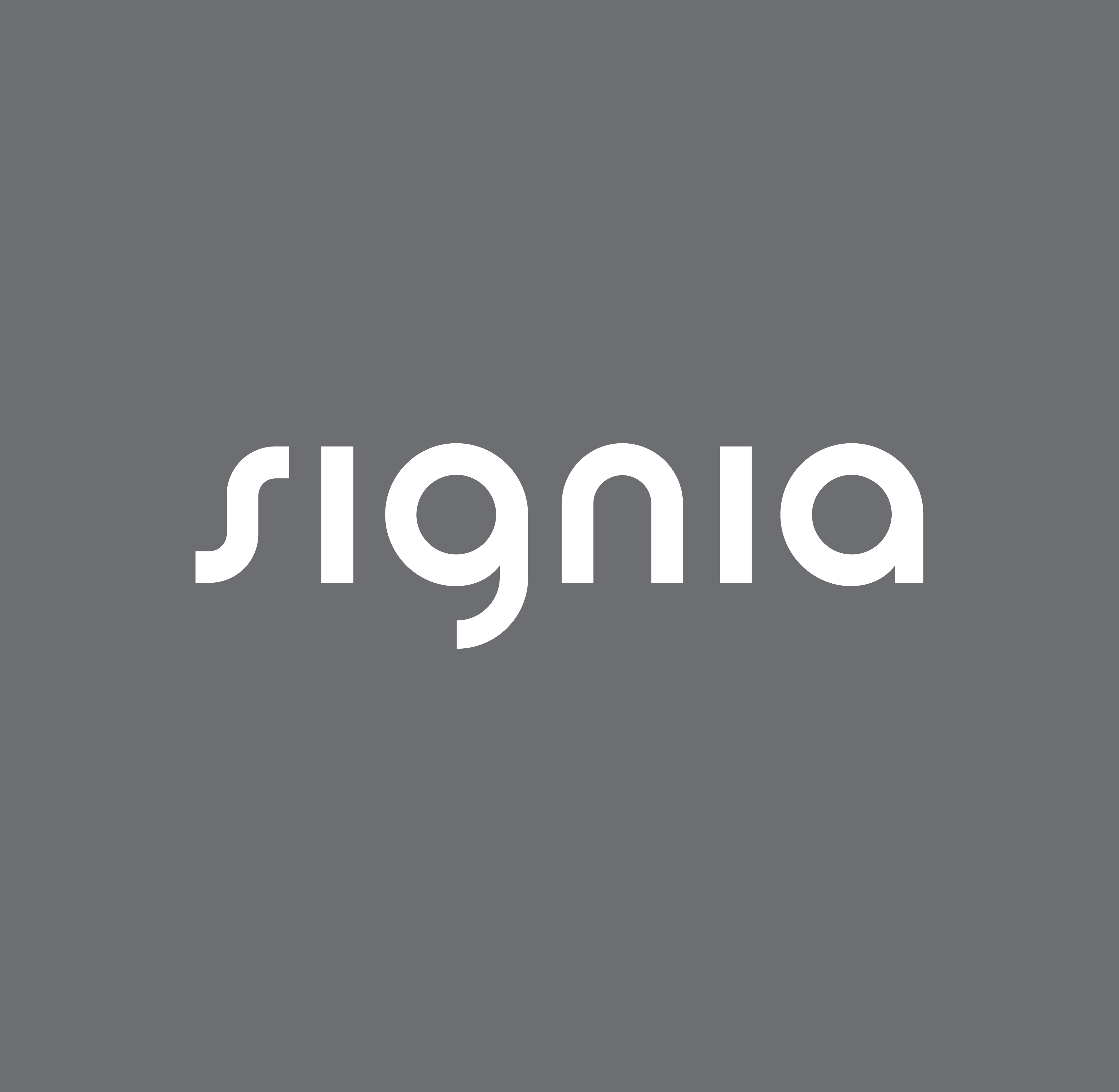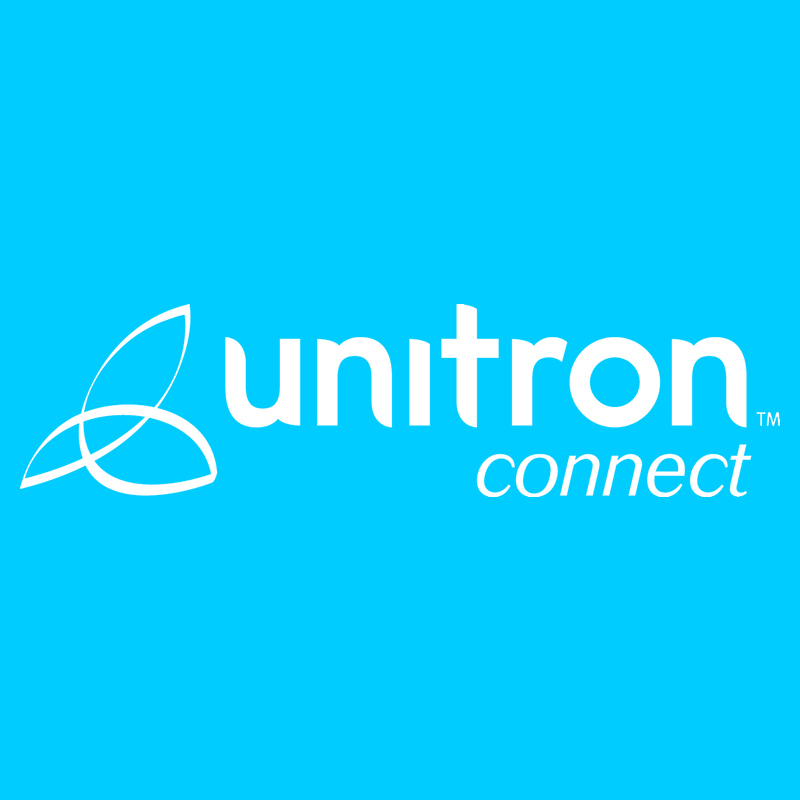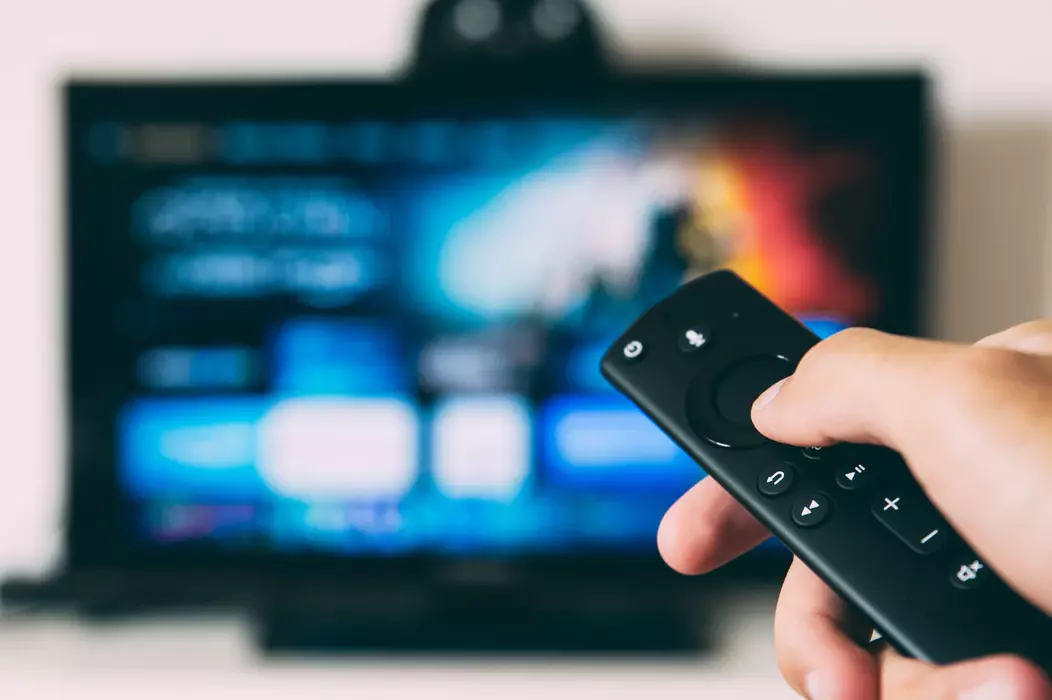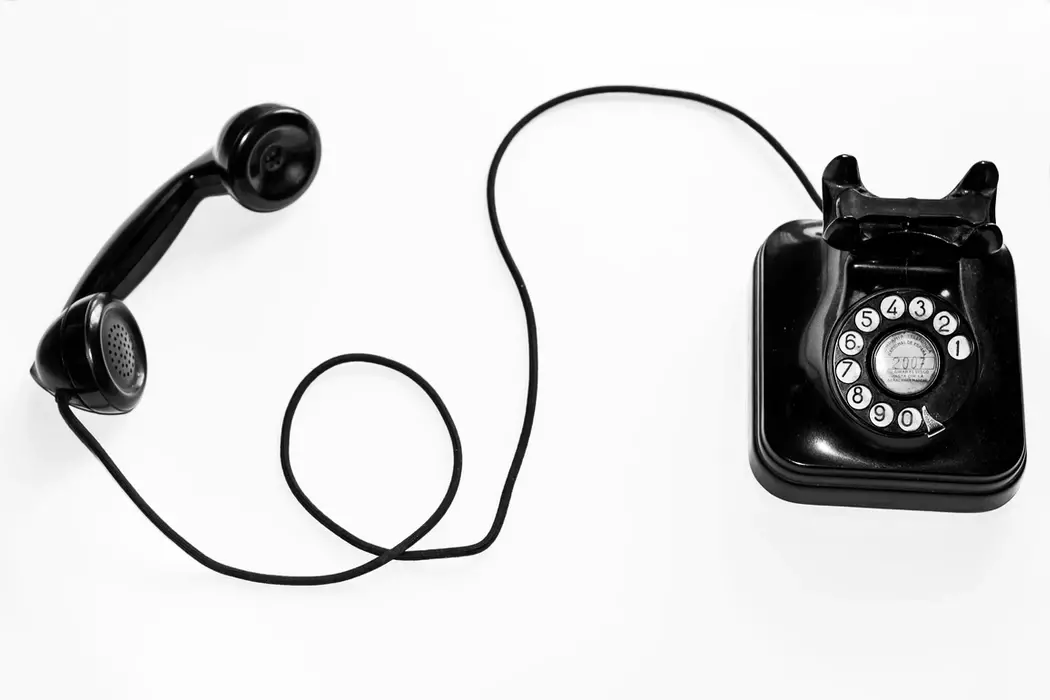Hearing Aids
by Dr. Levi A. Reiter
Basic digital hearing aids generally require the wearer to make some manual adjustments in certain listening environments such as turning a volume control up or down, or pushing a button to change listening programs. In contrast, a premium or more advanced hearing aid responds automatically to changes in the listener's environment, making changes based on the signals being detected by the hearing aid. The hearing aid wearer is not required to make any manual changes. As the level of the technology increases in hearing aids, so do the availability of advanced features.

Phonak
Phonak's goal is to improve the quality of life of people with hearing loss. Phonak is the innovative force in hearing acoustics. With our creative solutions, we strive to overcome technological limitations - so that all people are able to hear, understand and fully enjoy life's rich landscapes of sound.
Learn More
Signia
Signia offers a broad range of hearing aids for every lifestyle and all configurations of hearing loss—including completely invisible, waterproof, and rechargeable hearing aids. Signia also has a complete line of wireless accessories that connect hearing aids wirelessly to mobile phones, TVs, MP3 players, and other audio devices.
Learn More
Unitron
For our hearing healthcare professional partners, we deliver an exceptional customer experience based on renowned personal service. For their patients, we create products that make a real difference in people’s lives.
Learn More
Widex
At Widex, we combine years of understanding with a natural curiosity in finding solutions to individual hearing loss. Our uncompromising approach to innovation has led to such advances as the world’s first fully digital in-the-ear hearing aid, as well as our own revolutionary wireless technology.
Learn More

